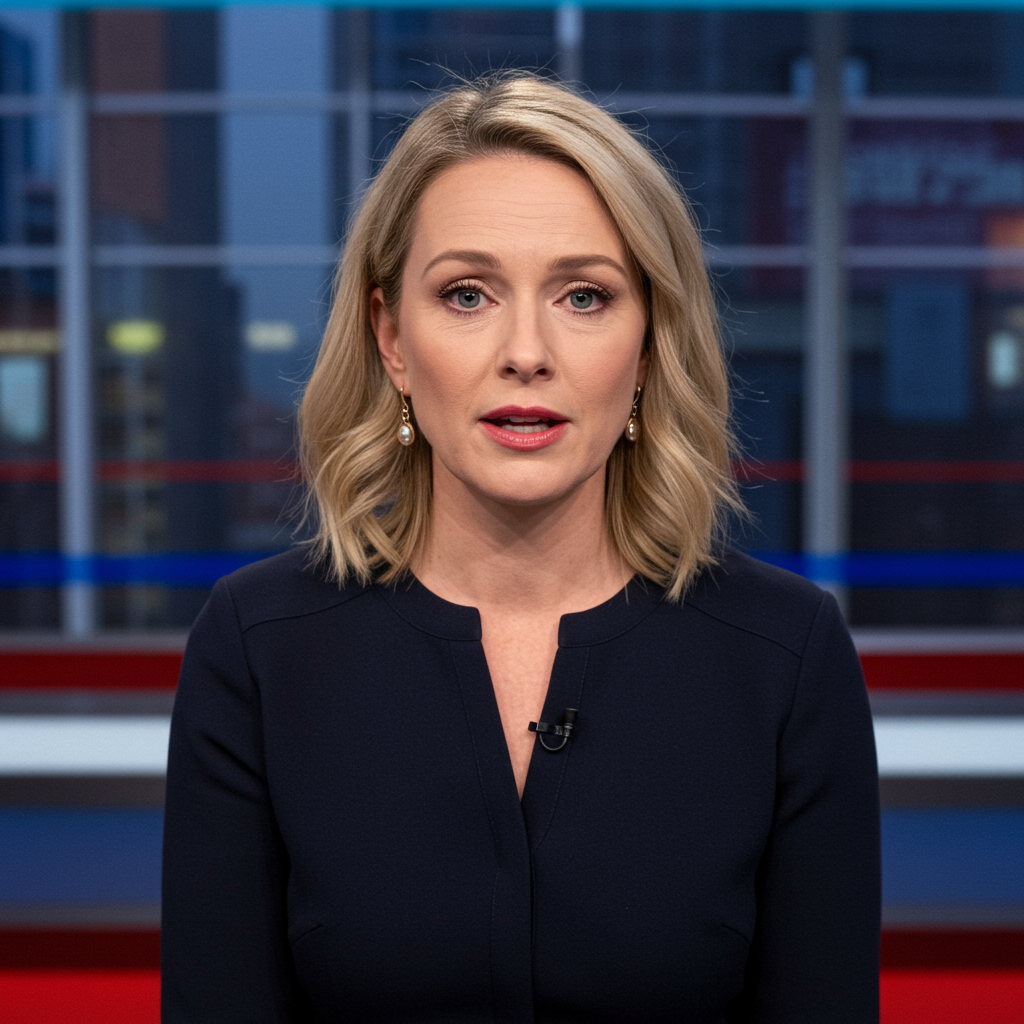Former President Donald Trump’s three-country tour across Asia marked a period of striking diplomatic contrasts. Leaders of key U.S. allies and partners, grappling with the economic and political fallout of his “America First” agenda, extended lavish welcomes filled with personal flattery and symbolic gestures. This intriguing dynamic showcased Trump’s unique diplomatic approach, heavily reliant on personal rapport and transactional deal-making, which ultimately led to significant trade agreements despite underlying tensions. The journey offered a unique glimpse into global politics, where nations navigated the complexities of maintaining alliances while facing challenging protectionist policies.
Unpacking an Unconventional Diplomatic Journey
President Trump’s visit to Asia was far from a traditional state tour. It was a spectacle of unconventional diplomacy, where leaders seemingly vied for his favor with remarkable displays of hospitality. This strategic charm offensive occurred even as their economies felt the pinch of his administration’s policies. From ceremonial welcomes to personalized gifts, the tour underscored a pragmatic effort by Asian nations to curry favor and mitigate adverse impacts.
Japan’s Embrace: “Golden Age” and Coveted Prizes
In Tokyo, Japanese Prime Minister Sanae Takaichi orchestrated a reception designed to delight. She boldly declared a “new golden age” of U.S.-Japan relations. Trump also received thoughtful gifts, including cherry blossom trees and a putter once owned by his close friend, the late former Prime Minister Shinzo Abe. Notably, Takaichi was the second Asian leader on this trip, following Cambodian Prime Minister Hun Manet, to announce her intention to nominate Trump for the Nobel Peace Prize, an honor he openly coveted. This public endorsement highlighted a calculated strategy to appeal directly to the American president’s personal aspirations.
South Korea’s Royal Treatment: Silla Crown and Museum Souvenirs
The South Korean leg of the tour in Gyeongju featured an equally impressive display of reverence. President Lee Jae Myung presented Trump with a grand replica of the golden crown from the ancient Korean kingdom of Silla. The two leaders were even pictured in a museum gift shop, where items like “USA” hats, Trump-branded sneakers, and shirts bearing the president’s mug shot were prominently displayed. Lee also awarded Trump the prestigious Grand Order of Mugunghwa, further signaling a desire to elevate their diplomatic relationship through personal accolades.
Malaysian Welcome and a Shared Jest
Upon his arrival in Malaysia, Trump was greeted with a fighter jet escort and vibrant traditional dancers. Malaysian Prime Minister Anwar Ibrahim joined Trump in his motorcade, using the opportunity to lighten the mood with a poignant joke. Referencing his own time in prison and Trump’s past political challenges, Ibrahim quipped, “I was in prison, but you almost got there.” This moment of shared humanity provided a brief, relatable interlude amidst the formal diplomatic engagements, showcasing how leaders used humor to build connection.
China’s Strategic Nod: Xi Jinping’s “Make America Great Again” Acknowledgment
Even before a crucial meeting in South Korea, Chinese President Xi Jinping acknowledged Trump’s core political slogan. Xi told Trump that China’s development “goes hand in hand with your vision to make America great again.” This subtle yet strategic validation from a geopolitical rival underscored the widespread understanding among Asian leaders of Trump’s personal drivers. The subsequent meeting with Xi, lasting nearly two hours, was described by Trump as “amazing,” rating it a “12” out of 10.
Beneath the Surface: The Strain of “America First” Policies
Despite the opulent welcomes and declarations of friendship, a palpable tension underscored the tour. Trump’s “America First” policies, particularly his protectionist trade tariffs, had significantly strained relationships with these very allies. The administration had aggressively pursued a series of punishing tariffs as part of a broader effort to reshape global trade dynamics.
Tariff Tensions: Economic Headwinds for Allies
Tariff rates for key U.S. allies like Japan and South Korea, set at 15%, were historically high, even if lower than those imposed on other nations. This economic pressure caused considerable friction. Jeff Kingston, a professor of Asian studies and history at Temple University’s Japan campus, openly criticized the U.S.-Japan tariff agreement as “unbelievably one-sided,” noting America’s pride in this imbalance. Earlier that year, a South Korean mayor even flew to Washington to protest Trump’s 50% steel tariffs, warning that his steelmaking hub of Pohang was nearing collapse.
Humiliation and Investment: The Hyundai Incident
The U.S.-South Korea relationship faced additional challenges beyond trade. Weeks before the tour, a shocking incident occurred in Georgia. Over 300 South Korean workers were escorted in chains from a Hyundai plant during a raid by U.S. immigration officials. This humiliating image aired continuously on South Korean news programs, deeply offending a nation that had recently pledged $350 billion in U.S. investment. Although Trump later issued a conciliatory message, expressing a desire not to “frighten off” investment and valuing foreign expertise, the incident left a bitter taste, highlighting the unpredictable nature of U.S. policy under his administration.
Navigating the Paradox: Deals Forged Amidst Discomfort
Against this backdrop of policy friction and diplomatic flattery, the tour ultimately yielded several tangible agreements, demonstrating how transactional diplomacy could still deliver results. Leaders were clearly prepared to move past immediate friction to secure long-term benefits or mitigate further damage.
Trade Truces and Strategic Agreements
In South Korea, Trump announced that a trade deal had been “pretty much finalized,” details later confirmed by South Korean officials. Japan also secured framework agreements with the U.S. for a stable supply of rare earths and cooperation on nuclear power reactors. Prime Minister Takaichi even indicated a willingness to consider purchasing Ford F-150s for government work, despite their unsuitability for Japanese streets, to which Trump generously responded, offering her “anything you want.” These gestures illustrated a readiness by allies to make concessions to strengthen their economic and strategic ties with the U.S.
A Sino-American Bargain: Fentanyl and Rare Earths
Perhaps the most significant outcome was a trade truce reached with China. Trump agreed to reduce fentanyl-related tariffs from 20% to 10%. In return, China pledged greater efforts to curb the illicit international flow of precursor chemicals for the deadly opioid. Furthermore, both leaders agreed to postpone Chinese export restrictions on strategically crucial rare earth materials, vital for advanced technologies. This transactional approach, balancing concessions with demands, became a hallmark of Trump’s international engagements.
Trump’s Diplomatic Philosophy: Business Acumen Meets Global Stage
During his address to business executives in Gyeongju, Trump reflected on the distinctions between corporate deal-making and international diplomacy. He admitted his initial skepticism about “win-win” deals, contrasting his business approach of “ripping their hearts out” with the need for “balance” when dealing with nations. This candid admission provided insight into his evolving understanding of global statecraft.
Shifting Perspectives: From Dealmaker to Diplomat
Trump, who built his public image on negotiating prowess, spent the week emphasizing stronger partnerships and a better balance in U.S. trade relationships. His comments suggested a recognition that international relations required a more nuanced approach than pure commercial transactions. Ali Wyne, an adviser on U.S.-China relations at the International Crisis Group, offered a unique perspective, suggesting Trump viewed President Xi “not as an avatar of imperial ambition, but rather as the head of an impressive rival business company.” This viewpoint likely influenced his direct and often personal engagement style.
The “Peace Through Strength” Doctrine in Practice
Concluding his reflections on the tour, Trump expressed astonishment at his rapid ascent to the presidency and his administration’s achievements. “Can you believe it? One year ago, I was campaigning to win. Here I am president,” he remarked in South Korea. He then summarized his foreign policy ethos: “We’ve done so many different things, economically, militarily, peace-wise. You know — peace through strength.” This statement encapsulates his belief that a strong, assertive America could achieve peace and favorable outcomes on the global stage.
Frequently Asked Questions
What was the core paradox of Trump’s Asia tour?
The core paradox lay in the stark contrast between the lavish and flattering reception President Trump received from Asian leaders and the significant economic and political strain their countries were simultaneously experiencing due to his “America First” policies. While leaders offered golden crowns, Nobel Peace Prize nominations, and ceremonial welcomes, their nations were grappling with high tariffs and unpredictable trade relations, highlighting a complex dynamic of seeking favor amidst policy friction.
Which key trade agreements or diplomatic gestures resulted from the tour?
The tour yielded several important agreements. A trade deal with South Korea was “pretty much finalized.” Japan signed framework agreements for rare earths supply and nuclear power reactors, and its Prime Minister Sanae Takaichi offered to consider purchasing Ford F-150s. Most significantly, a trade truce was reached with China: Trump lowered fentanyl-related tariffs in exchange for greater Chinese efforts against illicit precursor chemicals, and both sides agreed to delay Chinese export curbs on critical rare earth materials.
How did Asian leaders attempt to influence Trump’s policies during this visit?
Asian leaders employed a multi-faceted approach to influence Trump. They primarily used personal flattery, offering symbolic gifts like the Silla gold crown, Nobel Peace Prize nominations, and “new golden age” declarations, appealing directly to Trump’s perceived desire for recognition. They also engaged in strategic deal-making, offering concessions (like Takaichi’s F-150 consideration) and forging specific agreements (like Japan’s rare earths deal) to secure U.S. cooperation or mitigate the impact of adverse policies.
Conclusion: Legacy of a Transactional Tour
President Trump’s Asia tour stands as a testament to a unique era of American foreign policy. It was a journey characterized by an intriguing blend of personal diplomacy, strategic flattery, and hard-nosed transactional negotiations. Despite the considerable strain imposed by his protectionist “America First” agenda, Asian allies found ways to engage, praise, and ultimately, secure agreements. This period highlighted the enduring power of personal relationships in global politics, even when coupled with contentious policies. The tour’s outcomes — from trade truces to strategic material agreements — underscore a pragmatic approach by both the U.S. and its Asian partners to navigate a complex geopolitical landscape, leaving a lasting imprint on US-Asia relations.


